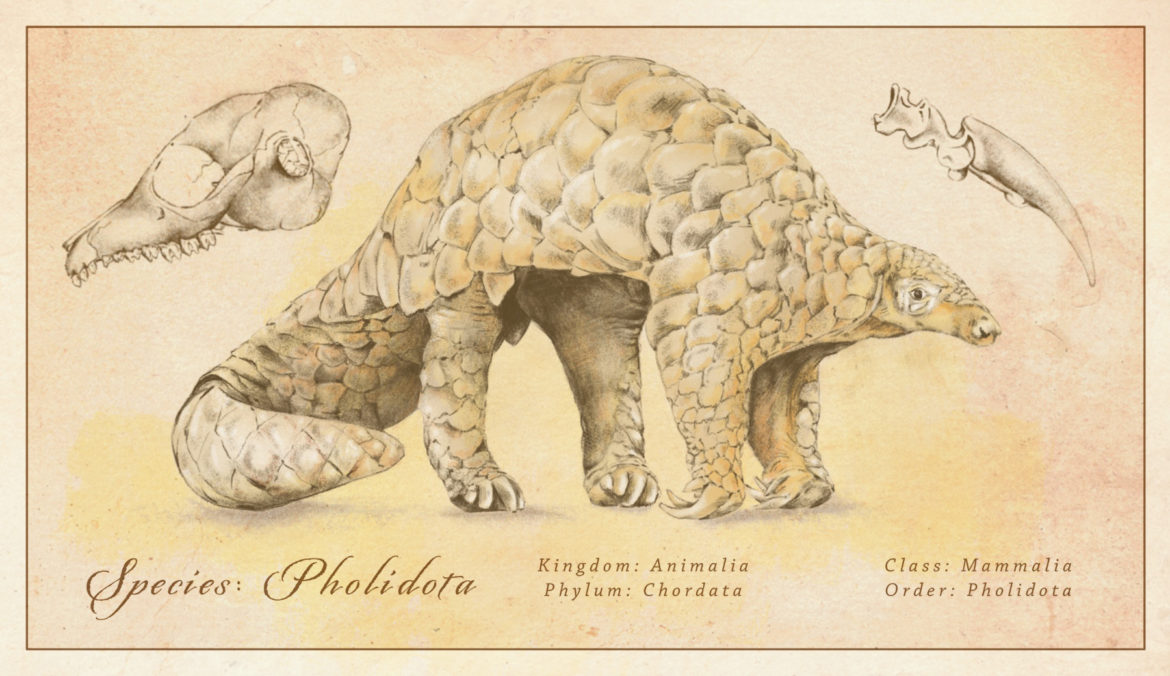The webs of trafficking are varied and complex, so many kinds of people are potentially involved, as protectors and perpetrators.
Below are suggestions about who to interview and key factors to consider when getting started.
Sadiq Naqvi, an independent investigative journalist in India who has written about rhino poaching, said: “It is very important to contact local people. While talking to the people about the poaching, I realized it was no secret.”
This “open secret” observation was shared by others.
So who else to talk to? Here’s a partial list:
- Local citizens.
- Conservation officials.
- Law enforcement officials.
- Nongovernmental organizations (NGOs), local and international (who do some of the best reporting on IWT).
- Private investigators hired by NGOs.
- Scientific researchers.
- Government officials of many types, including those involved in trade and transportation.
- Traders in legal wildlife commerce.
- Transportation workers at all levels.
- Persons convicted or in prison for IWT.
- Sellers, at many levels in the supply chain.
- Consumers at the end of the chain.
To find species experts, check out this list maintained by the International Union for Conservation of Nature. Also see GIJN’s list of IWT NGOs.
Trang Bui, a Vietnamese journalist, offered this advice in an interview with Green Echoes, a newsletter from the Environmental Reporting Collective about an article she wrote with Lam Quan:
“Research, research, and research. Wildlife trafficking is complex, and there are plenty of resources provided by NGOs and conservation groups that journalists can dig in before starting their investigation. It is important to read through materials thoroughly and allow yourself enough time to absorb the cumbersome amount of information, rather than rushing and finding out new details afterward. It is also vital that journalists keep an open and critical mindset, as the trade is intricate and approaches to eradicate the trade can be widely debatable.”
Following Up on Arrests
Reading news stories may provide useful leads. Keeping up on arrests and court cases may suggest patterns and sources.
To get an overview of trafficking for a species or a country, you probably will find previously written articles and reports on the internet. These may well include useful starting points.
See the separate section on researching IWT with social media. For general trends look at official reports and NGO reports. More on data here.

Illustration: Marcelle Louw for GIJN
Many NGOs operate in this space, usually with different specialties. Some conduct their own investigations and cooperate closely with law enforcement officials, which makes some NGOs cautious when dealing with journalists. WildLeaks is a whistleblower initiative dedicated to environmental crime, run by Earth League International. It works with several news organizations.
See GIJN’s list of IWT NGOs. Many NGO investigations are included in GIJN’s list of IWT investigations on the same spreadsheet.
Preliminary Research Tips
IWT varies significantly by country and by species. The exotic pet trade operates differently than the rhino horn trade. And while there is considerable information about poaching, trade routes, and markets, the ingenuity of criminals endlessly changes the game.
The profit margins are huge. For example, in Cameroon, the going 2021 black market price for Pangolin scales is $28 to $60 per kilogram (there are many variables). In China, the resale price was $952 several years ago, based on figures in a court case. Both estimates were provided by TRAFFIC, one of the largest NGOs working on IWT.
Nevertheless, understanding certain basics is critical. Here are some factors to consider:
- The characteristics of the animals and plants trafficked, and what they are used for.
- Location.
- Perpetrators — the cast of characters is varied.
- The economics involved.
- Smuggling techniques — tactics are clever and can change quickly.
- Transportation modes and routes.
- Supply chain — poachers, intermediate buyers, ultimate consumers.
- Where corruption is most likely.
- Law enforcement — who are the players, what jurisdiction do they have, what resources exist, etc.
- National laws and international agreements. (See separate section.)
Using Documents
Besides talking with people, consider starting your reporting project with a document search. Hunting for paper or digital records at the outset may be quite productive. Stories have been found and developed using:
- Records of seizures of illegal goods.
- Import and export data.
- Transportation paperwork, such as customs documents.
- Police records.
- Court filings.
Certainly, documents are essential for follow-up investigations. For more on documents, read this section.
Also, see more about investigating the legal system here.
Collaboration Across Borders
The case for multinational journalistic collaboration on IWT is strong, but the challenges are great. The logical alliance would be for reporters all along the supply chain to work together, but such collaboration has been rare.
The Environmental Reporting Collective, formed in early 2019, chose the pangolin trade for its first in-depth investigation. More than 30 journalists from 14 newsrooms reported across Africa and Asia, conducting dozens of exclusive interviews and even going undercover. The results were published as The Pangolin Reports. Read more about the collaboration by contributor Patrick Böhler.
